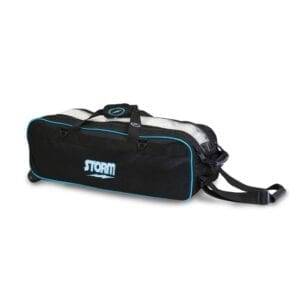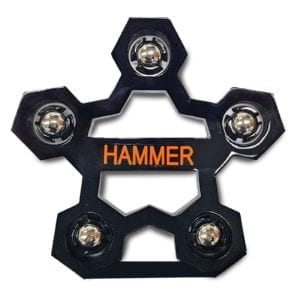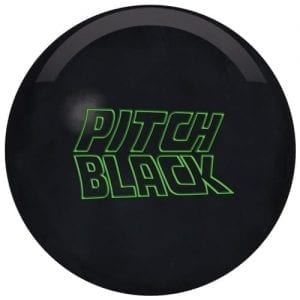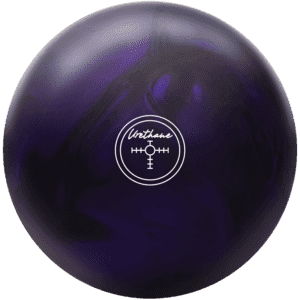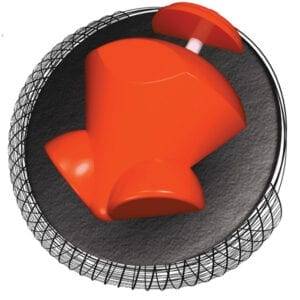Bowling Balls, Bowling How To's & Buyers Guides, Buying Guides, Surface & Layouts
The Impact of Bowling Ball Hardness on Performance: Unveiling the Science

THE IMPACT OF BOWLING BALL HARDNESS ON PERFORMANCE: UNVEILING THE SCIENCE
The hardness of a bowling ball is a crucial factor that significantly impacts its overall performance on the lanes. Have you ever wondered how this science affects your game? In this blog post, we will dive into the science behind bowling ball hardness and how it can make a difference in your bowling experience.
Throughout this post, we will provide a brief overview of the key elements that contribute to a bowling ball’s hardness and its influence on factors such as hook potential, pin carry, and overall ball reaction. By understanding the correlation between hardness and performance, you will gain valuable insights into selecting the right bowling ball for your playing style and lane conditions.
Join us as we explore the fascinating world of bowling ball hardness and uncover the valuable insights that can take your game to the next level. Whether you’re a seasoned bowler or just starting, this post will equip you with the knowledge needed to make informed decisions when choosing your next bowling ball.
UNDERSTANDING BOWLING BALL HARDNESS
Bowling ball hardness plays a crucial role in the performance and durability of the ball. Understanding the concept of hardness and its influence on the game is essential for every bowler. In this section, we will delve into the material composition of bowling balls and the hardness scale used to measure their hardness, shedding light on their impact on bowling performance.
MATERIAL COMPOSITION
Bowling balls are commonly constructed using materials like polyester, urethane, reactive resin, and particle. Each material imparts unique characteristics to the ball, affecting its hardness and performance on the lanes. For instance, polyester balls are typically the hardest and offer less hook potential, making them ideal for straight shots. On the other hand, reactive resin balls are known for their higher hook potential due to their softer nature, providing increased traction on the lanes. Understanding the material composition of bowling balls allows bowlers to make informed decisions based on their playing style and lane conditions.
HARDNESS SCALE
The hardness of a bowling ball is measured using the durometer scale, which quantifies the hardness of materials. Bowling balls typically range from 73 to 80 on the durometer scale, with lower values indicating softer balls and higher values representing harder ones. The hardness of a ball has a direct impact on its reaction to different lane conditions. Softer balls generally provide increased friction and hook potential, making them suitable for oily lane conditions, while harder balls offer more control on drier lanes due to reduced friction.
Understanding the hardness scale provides bowlers with valuable insights into how a particular ball will perform under varying circumstances, enabling them to optimize their gameplay based on lane conditions and personal preferences.
PERFORMANCE FACTORS
When it comes to the science behind bowling ball hardness, various factors need to be considered for understanding its influence on performance on the lanes.
HOOK POTENTIAL
The hardness of a bowling ball significantly impacts its hook potential. A softer ball tends to generate a more pronounced and aggressive hook, as it creates increased friction with the lane surface. On the other hand, harder balls produce a smoother, more subtle hook due to reduced friction. Understanding the relationship between hardness and hook potential is crucial in determining the desired ball reaction for different lane conditions.
PIN CARRY
The impact of ball hardness on pin carry and pin reaction is fundamental to performance. Harder balls, with their ability to retain energy more efficiently, often display superior pin carry. Their increased drive through the pins can result in a higher strike percentage. In contrast, softer balls may experience reduced pin carry due to energy dissipation, leading to a potential decrease in striking power and consistency.
DURABILITY
The durability of bowling balls is closely tied to their hardness levels. Harder balls are generally more resilient to wear and tear, offering an extended lifespan compared to softer counterparts. However, it’s essential to note that while hardness contributes to durability, other factors such as coverstock material and maintenance practices also play significant roles in preserving a ball’s integrity over time.
Understanding how bowling ball hardness affects hook potential, pin carry, and durability provides valuable insights into optimizing performance on the lanes. By taking these factors into account, bowlers can make informed decisions when selecting the most suitable ball for varying lane conditions and play styles.
MAINTENANCE AND CARE
Taking proper care of your bowling ball, regardless of its hardness level, is crucial for maintaining its performance over time. By implementing the right cleaning strategies and storage considerations, you can ensure that your bowling ball remains in top condition for consistent performance.
CLEANING STRATEGIES
Regardless of the hardness level, regular maintenance is essential to maximize the longevity and performance of your bowling ball. Simple practices like wiping down the ball after each use and using approved cleaning agents can go a long way in preserving its condition and ensuring consistent performance on the lanes.
STORAGE CONSIDERATIONS
Proper storage is equally important in maintaining the hardness and performance of your bowling ball. Extreme temperatures and humidity can have adverse effects on the hardness of the ball, ultimately affecting its performance on the lanes. To minimize these impacts, it’s essential to store your bowling ball in a cool, dry place, away from direct sunlight and fluctuating temperatures.
Investing in a quality bowling ball bag with cushioning and support can provide additional protection during storage and transportation. When not in use, storing the ball in a dedicated bag helps prevent unnecessary wear and tear, preserving its hardness and overall condition for longer.
By staying proactive with your maintenance and storage practices, you can extend the life of your bowling ball, regardless of its hardness, and continue to enjoy consistent performance with each roll down the lane.
CONCLUSION
In conclusion, the hardness of a bowling ball has a significant impact on its performance on the lanes. A softer surface can provide increased hook potential, allowing the ball to create more friction with the lane, resulting in a stronger overall reaction. Conversely, a harder surface can offer more control and smoother motion, particularly on drier lane conditions. Understanding the science behind bowling ball hardness empowers bowlers to make informed decisions about their equipment, ultimately enhancing their game. So, whether you prefer to play with finesse or power, choosing the right hardness can make all the difference in your bowling performance.




















